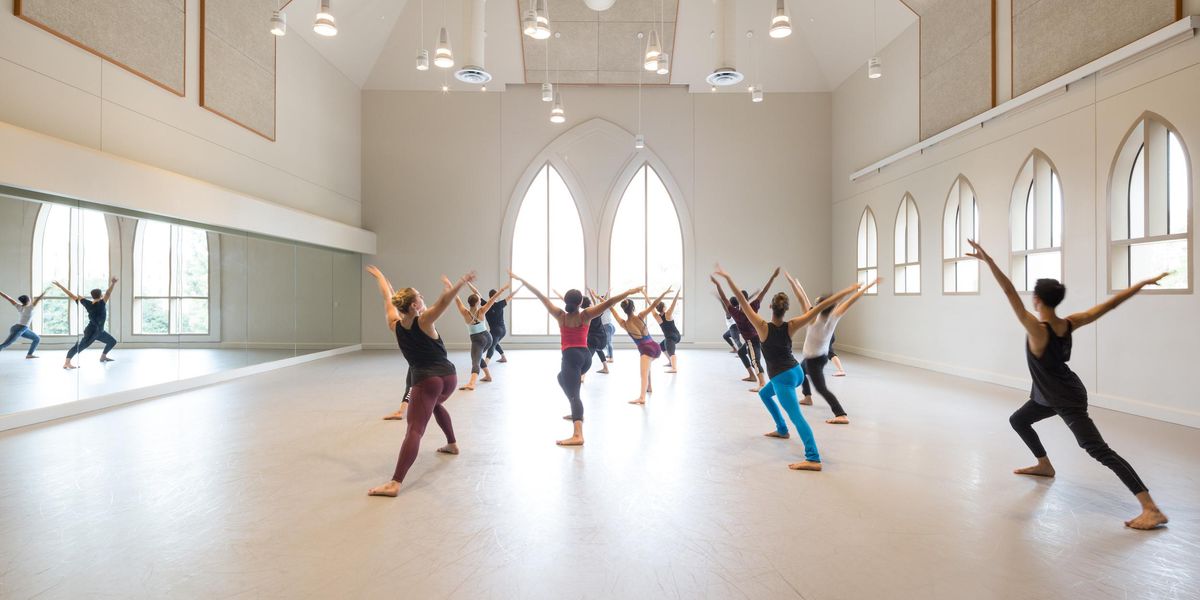Stephen Petronio Company
The Joyce Theater, NYC
March 6–11, 2012
The most memorable line in Stephen Petronio’s Intravenous Lecture occurs at the beginning, when he proclaims, deadpan: “I am the bastard child of Steve Paxton and Trisha Brown.” In his reinterpretation of Paxton’s 1970 piece, Petronio delivered a maudlin and dated disquisition on gay rights and censorship while making his way around the stage with a saline drip inserted into his arm. He seemed to be fishing for laughs rather than eliciting them naturally from his audience. It was hard not to squirm in one’s seat, for example, when he raised his arms in the air so that people would clap and whistle after he mentioned the passage of New York’s gay marriage law. More interesting was Petronio’s fluid, occasionally sylph-like movement as he delivered his lecture. Spoken text is always tricky in a dance performance—better to leave it out if it doesn’t truly scintillate or provoke new ideas.
City of Twist
, the choreographer’s 2002 ode to New York City, was composed in the aftermath of 9/11. It’s a strong work that displays Petronio’s signature play with transition and flow. The dancers alternated rhythms and directions with subtle efficiency to Laurie Anderson’s score, which mixes cool electronic rhythms with quicker, syncopated drumbeats. Gino Grenek’s mature, controlled presence and the young Joshua Tuason’s long-legged verve were particularly affecting. Regrettable aspects of this piece included wan, stylized projections of the Manhattan skyline against the back wall and Tara Subkoff/Imitations of Christ’s bizarrely deconstructed costumes—the men were clad in underwear and fencing tops worn backwards. The otherwise elegant and energetic Davalois Fearon came out in what looked like ropes sloppily tied together: early cave wear meets the arts and crafts movement.
Stephen Petronio in his adaptation of Steve Paxton’s
Intravenous Lecture
Wendy Whelan appeared next in Ethersketch 1, a short solo based on Mr. Petronio’s 2003 work Underland. It was over almost before it began. In a shimmering gold top and black silk shorts designed by Karen Erickson, Whelan was electrifying as she placed rounded arms in different positions, reaching high above her head, then to her midsection and down to the ground. Her movement perfectly set off Nick Cave’s plangent and jazzy score. In under three minutes, Whelan mesmerized the audience with her angular, cubist features and remarkable presence. Then, like some fleeting goddess headed back to Olympus, she disappeared into the darkness, leaving the audience clapping and begging for more.
Petronio’s
Architecture of Loss
All sorts of angels inhabited Architecture of Loss, a premiere. Dark-skinned angels in white and light-skinned angels in black wore, in some cases, nothing but underwear and a single densely feathered arm/wing by the Icelandic designer Gudrun and Gudrun. The asymmetry of leaving one arm bare reflected Petronio’s choreographic asymmetries. The piece is set to a slow, sometimes lugubrious original score by experimental composer Valgeir Sigurdsson, against a triptych of sublime abstract paintings by Rannvá Kunoy projected onto screens behind the dancers. These tableaux switched from off-white to grey and then pink. Along with the live music, they created an atmosphere that combined ethereal beauty with a sense of inexplicable loss—a fitting if sometimes slow coda to an evening ostensibly dedicated to this theme.
Some of the dancers presented too stoic a face for this essentially melancholic composition—here Grenek, Joshua Green, and Amanda Wells shone brightest. Barrington Hinds was also an arresting presence, but he seemed proud rather than sad, ascending rather than falling. The dancers performed with heart and they all looked gorgeous. If this is what Valhalla looks like, then the afterlife may not be so bad, after all.
All photos by Julie Lemberger, courtesy Stephen Petronio Company
Pictured at top: Wendy Whelan in
Ethersketch I




